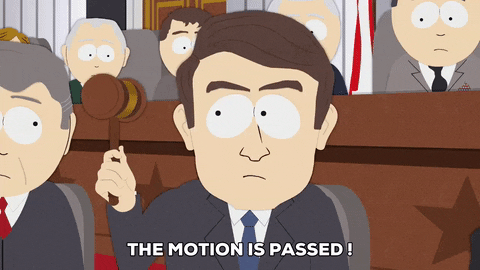One Bond Market Is Defying the Global Selloff With Record Returns
We had written about catastrophe bonds a while back but it’s an interesting asset class. Insurance companies will sell these bonds to lay off some of the insurance risk. The way a cat bond works is that it pays a regular coupon but its principal payment depends on if the catastrophe happens or not. For example a hurricane cat bond will pay a coupon and will pay back the principal if a hurricane hasn’t happened within a specified time period. If a hurricane does hit then the bond will be zeroed out and the insurance company gets to keep the money. There’s obviously much more nuance in what hurricane strength, where it hits, etc. but the basic principle is this.
Insurance companies do this to lay off their risk. When they sell insurance they charge a premium and then pay some of that off to the bond holders. But if a hurricane hits then the insurance company pays out it’s claims with the bond holders money. These bonds are essentially a way for investors to become mini re-insurance companies.
The interesting thing about these bonds is that they are structurally uncorrelated to markets. Hurricanes don’t hit more or less often when the S&P 500 goes up or down. So they do offer an interesting source of diversification since they truly move independently to the rest of your portfolio.

Return Stacking and the Cost of Leverage
Return stacking is a new name for an old concept. It essentially is a fancy way of saying leverage. You essentially can take a portfolio, use a little bit of leverage to buy some diversifying assets and smooth out returns without sacrificing expected returns. Basically the idea is that it’s better to have a 100% stock + 50% bond portfolio than just 100% stocks, even if the former uses leverage. Historically bonds have diversified stocks so in theory the 100/50 portfolio should lose less in a 2008 type scenario than a simple 100% stock portfolio. The downside is that if diversification doesn’t hold, then you’ll lose more; this would have happened last year. So if you do lever something up to take advantage of the diversification potential you better make sure it really does diversify when you need it to.
An interesting point of the article is a basic law of finance which is the law of one price. If two assets deliver the same payoff in the future then the price today should be the same. If it wasn’t then there would be an arbitrage by buying one and selling the other. You would make money today and the payoffs would exactly offset in the future. The law of one price is a key tenet of modern finance and is used in a variety of applications from derivatives pricing to hedging.

Valuation Proxies for Private Assets
Remember when we wrote about BREIT a couple of months ago? How this private REIT fund was able to magically go up even though almost every single publicly trade REIT was down for the year, some down 30% or more. Several indices tracking REITs or BDCs (business development companies, think of them like a public markets equivalent of private credit) are trading far below their stated net asset value (NAV). This is essentially the market saying that they think the loans the BDCs have made are worth a fraction of what they are marked on their books. NAVs are typically calculated by a valuation agent, the BDCs price is determined every second by investor supply and demand. Markets are the best way of pricing something, so the true value of the loans made is much much closer to the market price of the BDC rather than the NAV calculated by someone, even if that someone is an “expert”. In the end something is worth what you can sell it for, and for BDCs that amount is the market price.
Funny enough we were on a call today where a bank was pitching a private equity fund and touting the benefits of diversification, low volatility, and how well they’re performing. Then they said it was a great time to invest because valuations had really come down. How these two statements can be true at the same time is beyond us…

Bond Market Pain Is a Sign of Interest Rates Returning to Normal
As interest rates rise, bond prices fall. This is a mathematical relationship and is dictated by how bonds work. It’s not a correlation or a causal relationship or whatever, it’s mathematical. Bonds last year were down quite a bit. The US bond aggregate had its largest drawdown since inception last year and hasn’t fully recovered. This happened because of an aggressive rate hiking campaign undertaken by the Fed, which we’re not sure if it’s finished yet. Anyways this aggressive rate hiking campaign has brought interest rates back to more normal levels. The last 15 years of rates being at 0% is not normal. Historically rates have hovered more towards the 5% range rather than 0%. We think higher rates are here to stay.

How China’s Rich Are Using Underground Networks to Move Their Money Abroad
Imagine having money in your bank account and wanting to invest in a house or apartment abroad and being prohibited from doing so by your government. Wanting to take money offshore to buy things and not being able to. For many of us that live in free countries this sounds completely foreign, but it’s a harsh reality that many people live everyday. China has strict capital controls in which its citizens can only send limited amounts of money abroad. So they use organizations to help them smuggle out their hard earned cash. They deposit money in China and will receive deposits outside of the country. A dire situation in which they need to trust an unknown third party with their savings. Lets hope we never come to that.
|
|





